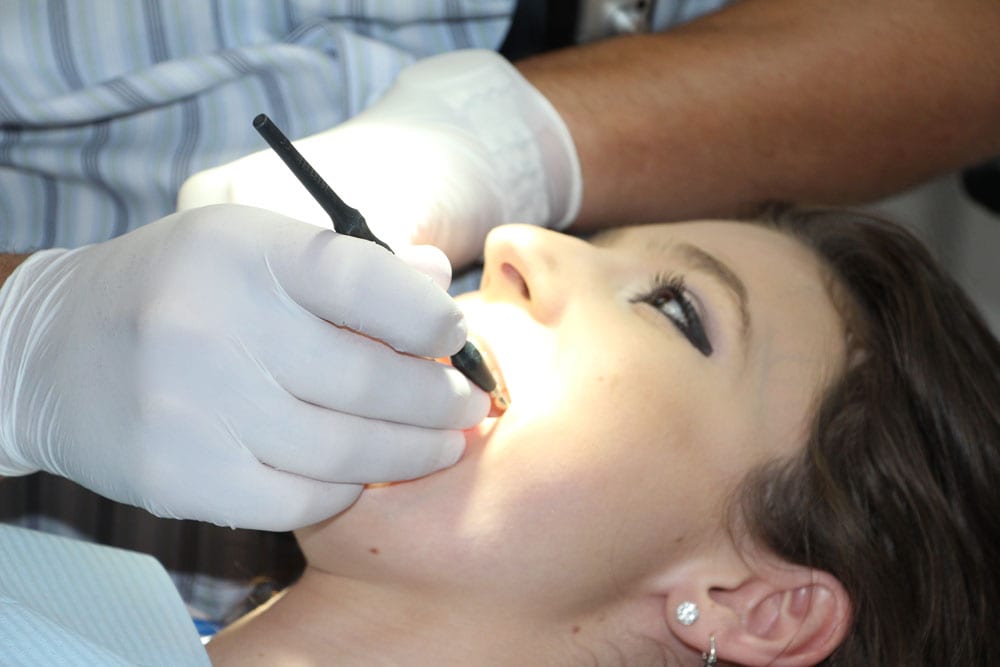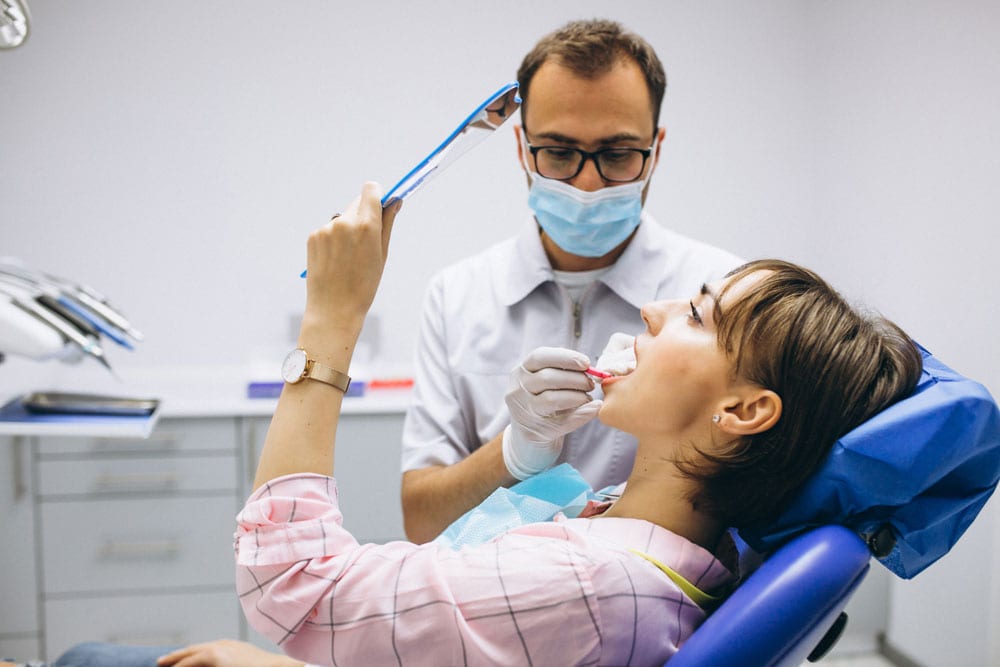Monthly Oral Cancer Self-exams
The prevalence of oral cancer is on the rise; in fact one person dies per hour from oral cancer. In the early stages oral cancer can often times go unnoticed. It can be painless and not obvious to the naked eye. The most common areas for oral cancer are the floor of the mouth and the sides of the tongue. That being said, oral cancer can be found in various locations as well as a variety of shapes, colors, textures, and sizes. It is important that you perform monthly oral self-exams. If you notice any suspicious areas that do not go away within ten to fourteen days make an appointment with your dentist to have them checked. Remember early detection saves lives.
How to perform a monthly self-exam:
- Take a moment to look at the skin on your face and neck in the mirror. Look for any changes in the color of your skin, any changes in moles or beauty marks, any swelling, any lumps or sores.
- Use both hands to gently feel along the outside of your cheeks, your lower jaw bone, your jaw joint, in front of and behind both ears. Check for any areas that do not feel uniform on both sides, and check for any lumps or areas that are swollen or tender.
- Remove any removable dentures or appliances from your mouth.
- Check the roof of your mouth for changes in color or texture. Use your index finger to lightly sweep the roof of your mouth to feel for any lumps or swelling.
- Pull up your upper lip and then pull down your lower lip looking for any changes in color or texture.
- Open wide and look at the back of your mouth and your throat for any changes in color, size and/or texture.
- Stick out your tongue and check all the surfaces (top, underneath, and both sides of your tongue), as well as the floor of your mouth looking for any changes in color, size and/or texture in the oral tissue.
- Look at your gums throughout your mouth for any change in color and/or texture. Run a finger around all the surfaces of your gums feeling for any swollen or tender areas.
What to look for specifically:
- White patches or spots
- Red patches or spots
- Sores that fail to heal
- Lumps, bumps or masses
- Any areas that are differ from one side to another




